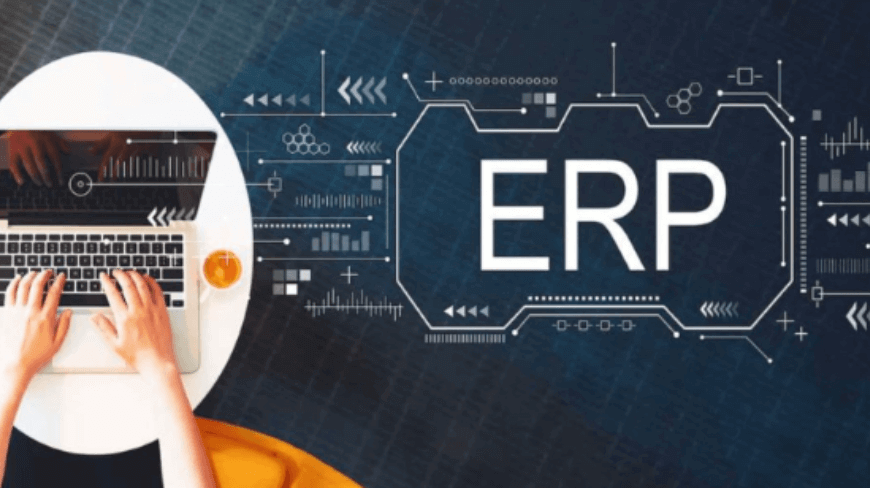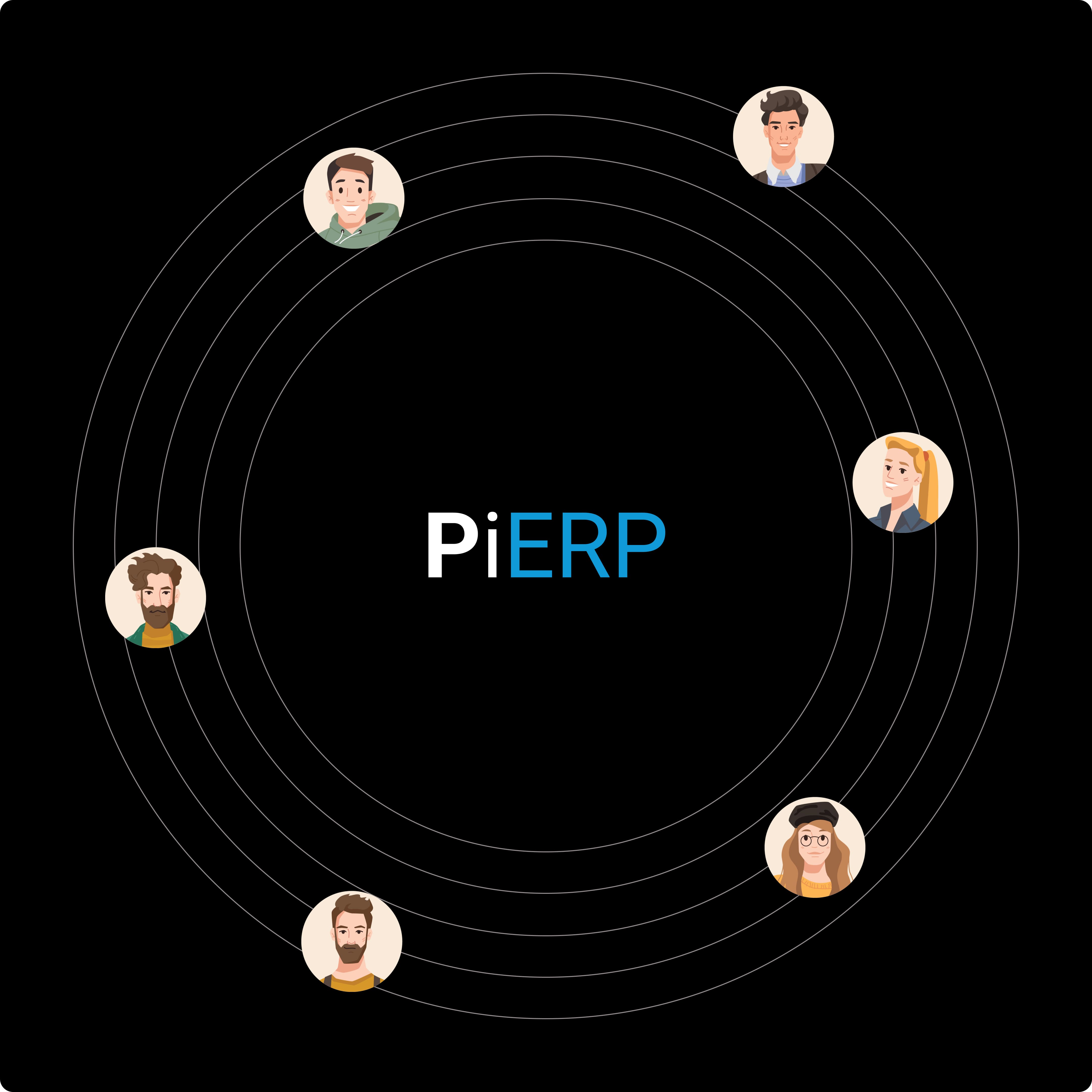Implementing ERP can be daunting for SMEs despite its promised efficiency. Seven common mistakes include inadequate planning, resource underestimation, neglecting change management, choosing the wrong vendor, overlooking data migration, unnecessary customization, and insufficient training. To avoid these, proactive measures can help SMEs navigate ERP implementation confidently, maximizing its benefits. Let's talk about setting up ERP systems for small businesses and how to avoid common mistakes. Here are seven things to watch out for and tips on how to do it right.
Undefined Objectives and Planning Oversights:
SMEs often rush into ERP implementation without grasping their objectives or devising a structured plan. To avoid these pitfalls, it's crucial to pause and define business goals and identify challenges. Crafting a detailed implementation plan outlining milestones, timelines, and resource needs is essential. This plan serves as a roadmap, guiding every step from selection to deployment.
Clear objectives align the ERP journey with overall business strategies and facilitate evaluation of success. Meticulous planning fosters collaboration and communication among stakeholders, ensuring smoother transitions and minimizing disruptions. By investing time in defining objectives and planning meticulously, SMEs lay a robust foundation for ERP success, maximizing its potential benefits.
Inadequate Selection of ERP Solution:
SMEs frequently make the mistake of choosing an ERP system solely based on its price or popularity, overlooking their individual business requirements. Not all ERP systems are suitable for every business, it is essential to consider key factors before implementing ERP Solution. Look for options that align with your unique needs, scalability requirements, and budget constraints.
Investing in the right ERP solution upfront can prevent future headaches and save significant time and resources. By carefully selecting a system that caters to your specific needs, SMEs can ensure a smoother implementation process and maximize the long-term benefits of ERP integration.
Insufficient Training and Change Management:
ERP implementation extends beyond software installation—it's a profound shift in business processes and culture. However, numerous SMEs undervalue the significance of comprehensive training and change management for successful ERP adoption. Employees must undergo thorough training to understand and integrate the new system into their daily workflows.
Transparent communication about the purpose behind the ERP implementation is crucial for garnering employee buy-in. Involving employees in the process helps alleviate resistance to change and empowers them to effectively embrace the new system. By prioritizing training and change management, SMEs can facilitate smoother transitions and maximize the benefits of ERP integration.
Data Management and Cleanup Oversights:
The effectiveness of an enterprise resource planning software hinges on the quality of its input data—adhering to the principle of "garbage in, garbage out." Yet, SMEs frequently overlook the significance of data quality and cleanliness in ERP implementation. Prior to data migration, it's vital to conduct a thorough cleanup process to avoid duplicates, inconsistencies, and inaccuracies.
Establishing protocols and strategies for data migration is essential for seamlessly transitioning from legacy systems to the ERP platform. Starting with clean and reliable data sets the stage for precise reporting, informed decision-making, and enhanced business intelligence capabilities. By prioritizing data quality, SMEs can optimize the performance and outcomes of their ERP systems.
Underestimating Customization and Integration Needs:
Every business has its distinct characteristics, and generic ERP solutions may not always meet their needs. Regrettably, some SMEs fail to consider customization and integration requirements during ERP implementation. Customization, despite potentially adding complexity and expenses, is indispensable for tailoring the ERP system to match specific business processes and workflows. Likewise, integrating with existing systems and third-party applications is vital for smooth data exchange and interoperability.
Close collaboration with ERP vendors and implementation partners is crucial for identifying customization and integration needs early on and addressing them efficiently. By prioritizing these aspects, SMEs can ensure that their enterprise resource planning systems are optimized to support their unique operations and facilitate seamless integration with existing infrastructure.
Ignoring Security and Compliance Considerations:
In today's digital landscape, data security and compliance stand as top priorities for businesses across the board. Yet, some SMEs place greater emphasis on functionality and usability than on security during ERP implementation. This oversight can lead to significant costs, as data breaches or compliance breaches can result in severe consequences. When choosing an enterprise resource management system, it's critical to prioritize security features such as encryption, access controls, and audit trails.
Ensure that the ERP system complies with pertinent regulations and standards in your industry, such as GDPR or HIPAA. Establish robust security policies and procedures to protect sensitive data and mitigate cybersecurity risks throughout the ERP life cycle. By prioritizing security from the outset, SMEs can safeguard their data and ensure compliance with regulatory requirements, thereby safeguarding their reputation and minimizing potential liabilities.
Neglecting Ongoing Support and Maintenance Planning:
ERP implementation marks the beginning of an ongoing journey rather than a one-time event for SMEs. Despite this, some believe that once the system is up and running, their responsibilities diminish. However, without continuous support and maintenance, ERP systems can quickly become outdated and inefficient. It's crucial to plan for ongoing support and maintenance from the start, including access to technical assistance, software updates, and user training.
Establishing key performance indicators (KPIs) is essential to assess the ERP system's success and efficiency over time. Prioritizing ongoing support and maintenance ensures that the ERP investment continues to provide value and fosters long-term business growth. By recognizing that ERP implementation is an ongoing process, SMEs can maintain system relevance and adaptability, maximizing the benefits of their investment.
Conclusion:
In summary, although business ERP implementation poses challenges for SMEs, avoiding common mistakes and embracing a strategic, proactive approach enhances the likelihood of success and unleashes the business's full potential. Prioritize meticulous planning, invest in training and change management, and focus on data quality and security. Additionally, plan for continuous support and maintenance to sustain the ERP system's efficiency.
With careful preparation and the right mindset, SMEs can confidently navigate the ERP implementation journey, reaping benefits like enhanced efficiency, productivity, and competitiveness. By recognizing the importance of strategic planning and proactive measures, SMEs position themselves to leverage ERP solutions effectively and drive sustainable growth.






